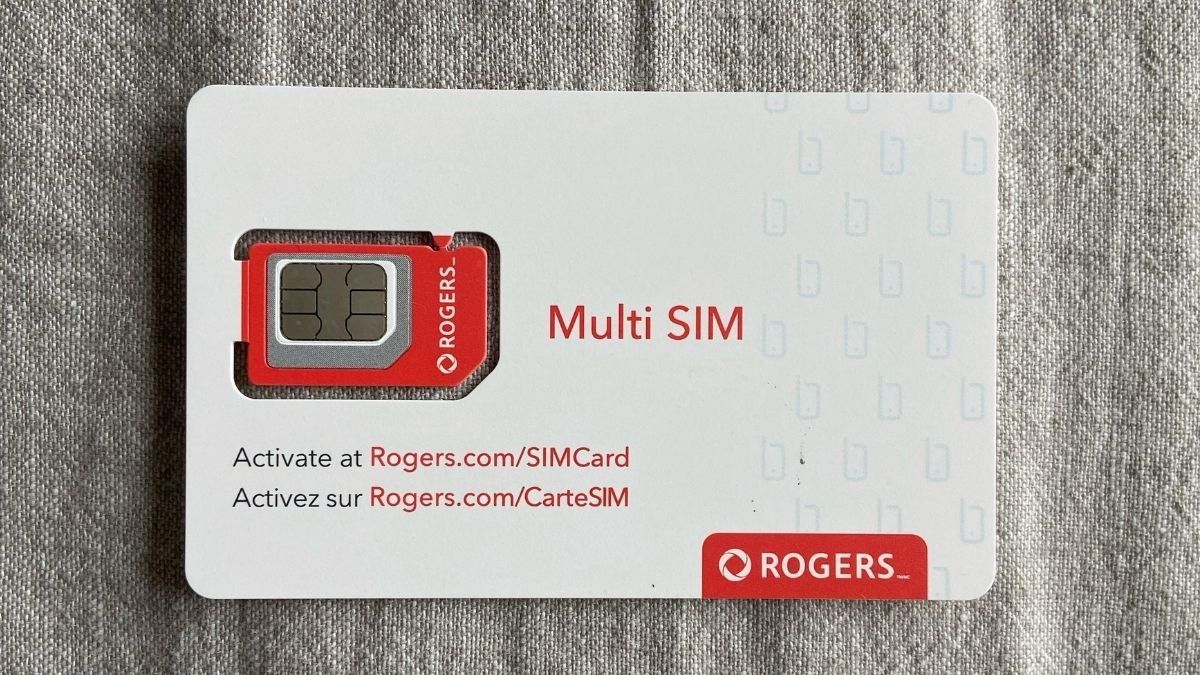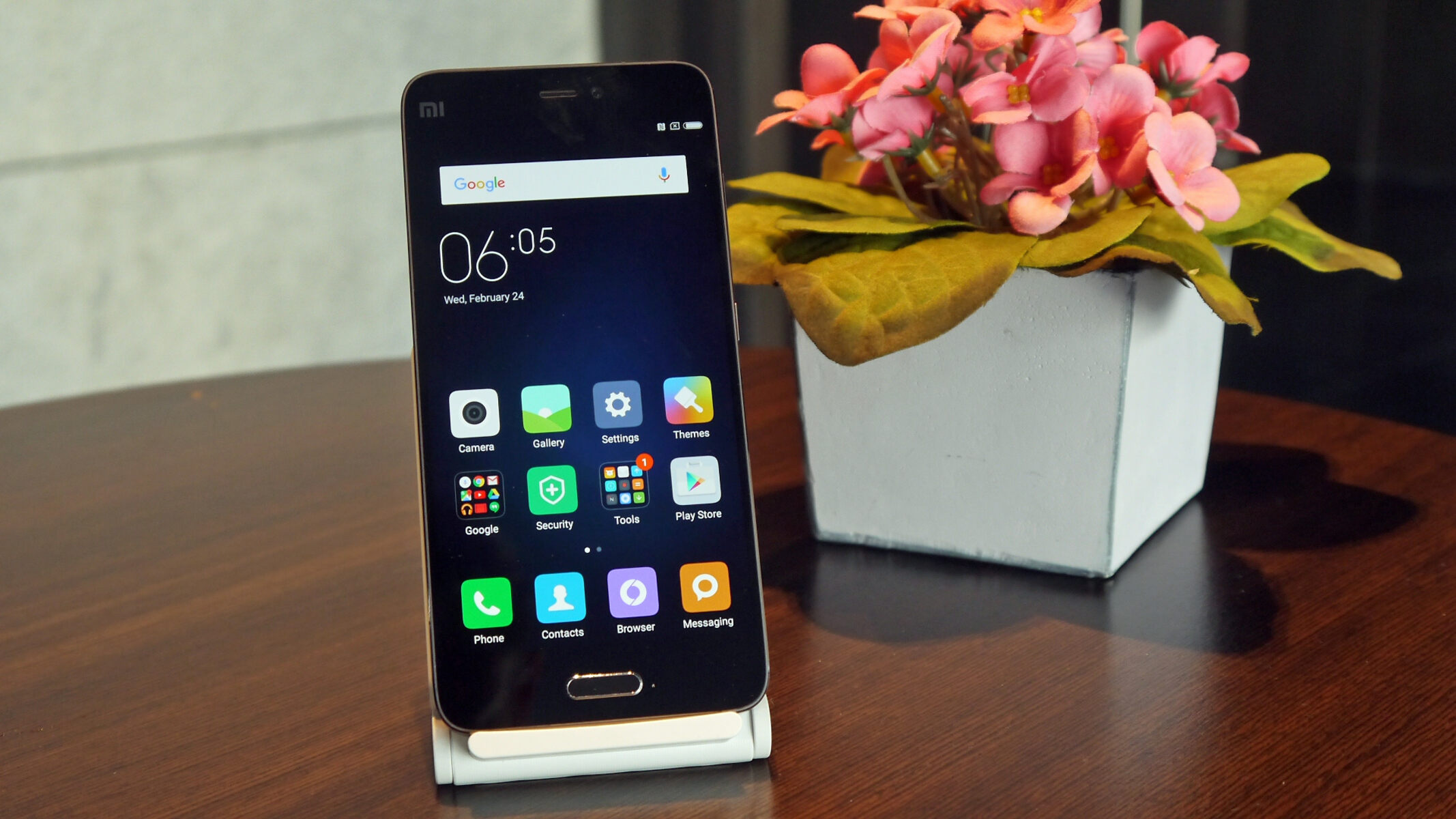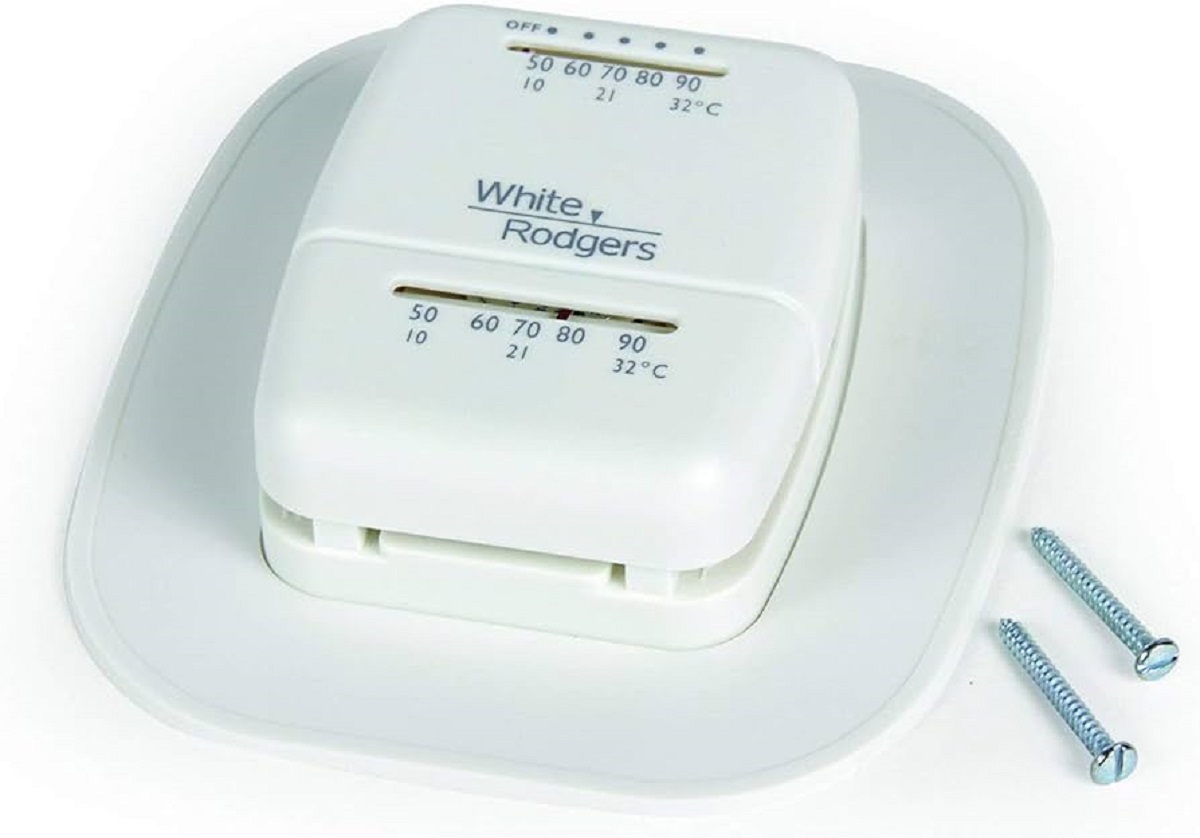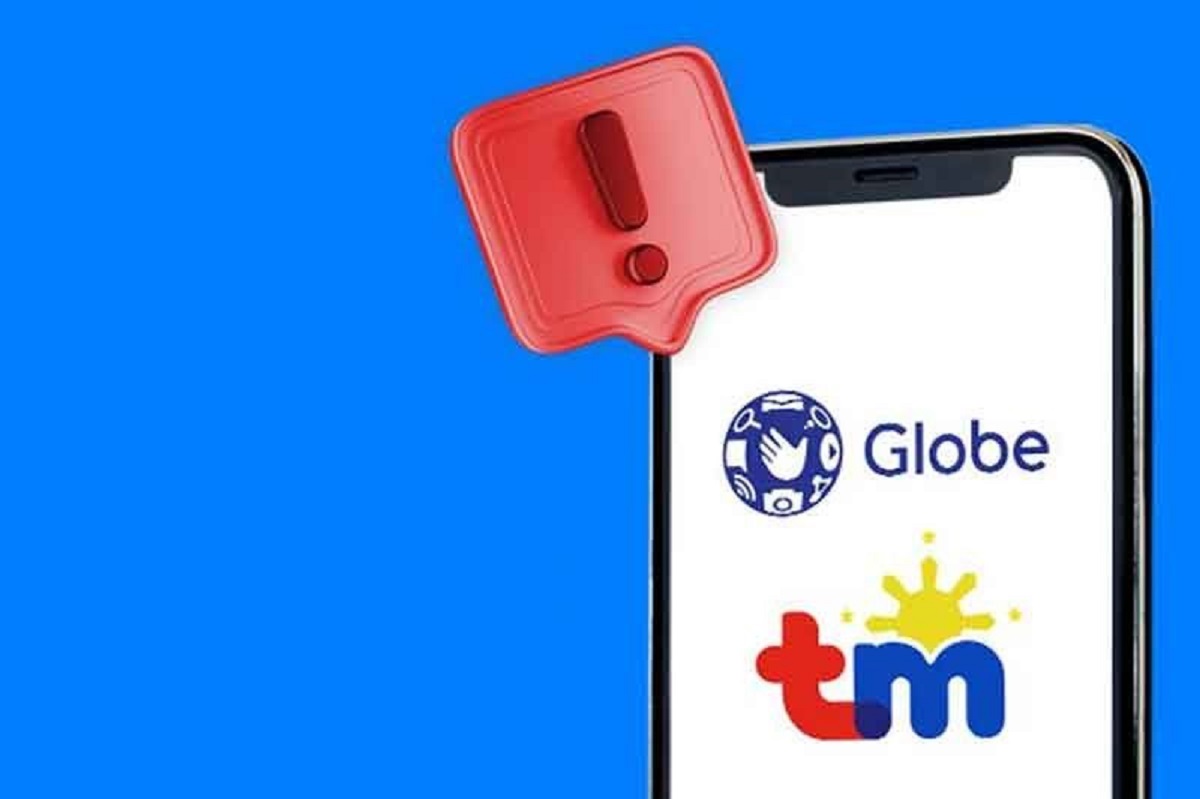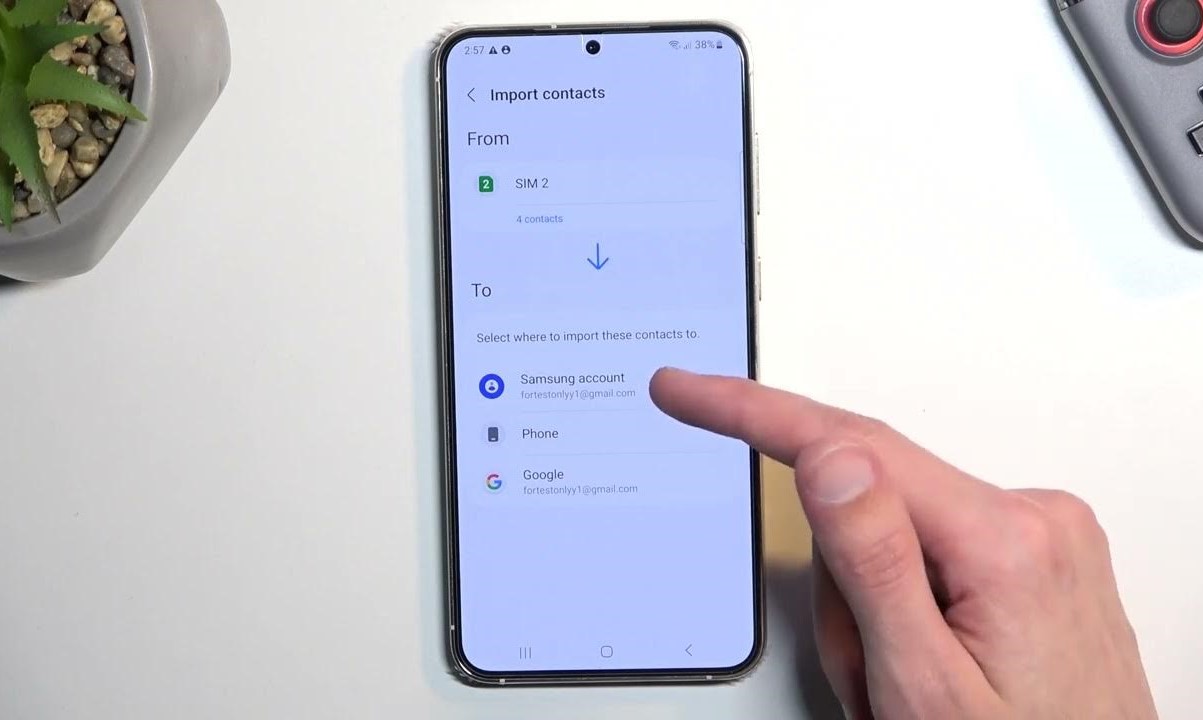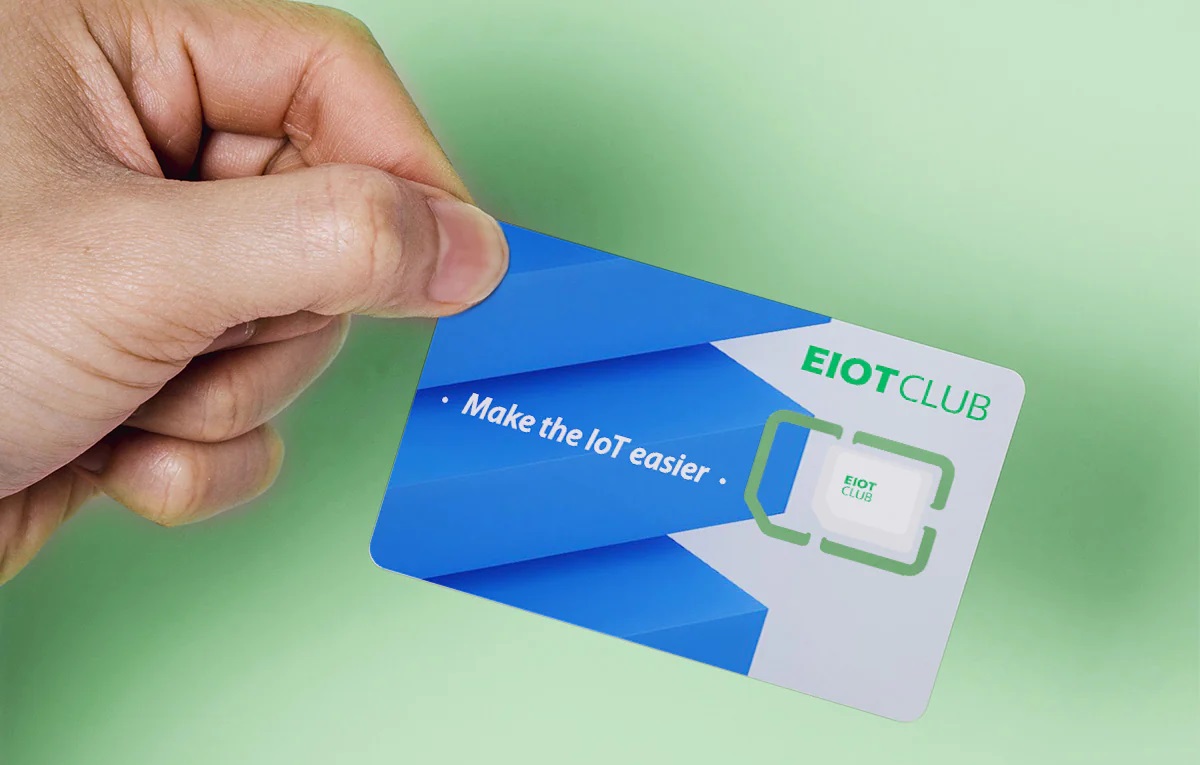What is a SIM Card?
A SIM card, short for Subscriber Identity Module, is a small, portable memory chip that plays a crucial role in enabling a mobile device to connect to a wireless network. It serves as a unique identifier for the user and the mobile network, allowing the device to send and receive calls, texts, and data. The SIM card securely stores the subscriber's identity, contacts, and other essential information, making it an integral component of the mobile ecosystem.
The SIM card holds the key to accessing the mobile network, as it contains vital data such as the International Mobile Subscriber Identity (IMSI), which uniquely identifies the user to the network, and the Authentication Key (Ki), which is used to authenticate the user's identity when connecting to the network. Additionally, it stores the Integrated Circuit Card Identifier (ICCID), a unique serial number used to identify the SIM card itself.
In essence, a SIM card acts as a bridge between the mobile device and the cellular network, allowing for seamless communication and data access. Without a SIM card, a mobile device would be unable to connect to a cellular network and would be limited to functions that do not require network access, such as using Wi-Fi for internet connectivity.
The physical appearance of a SIM card may vary depending on the type and form factor. However, the most common SIM card size used in modern mobile devices is the nano-SIM, which is significantly smaller than its predecessors, the micro-SIM and the standard SIM card. This evolution in size has been driven by the ongoing trend toward slimmer and more compact mobile devices.
In summary, a SIM card is a fundamental component of mobile communication, serving as the gateway to accessing cellular networks and enabling users to make calls, send messages, and connect to the internet on their mobile devices. Its compact size belies its significance in facilitating seamless connectivity and communication in the digital age.
Types of Rogers SIM Cards
Rogers offers a range of SIM cards designed to cater to diverse user needs and device requirements. Understanding the different types of Rogers SIM cards is crucial for selecting the appropriate option that aligns with specific mobile devices and usage scenarios. Here's an overview of the types of Rogers SIM cards available:
1. Standard SIM Card
The standard SIM card, also known as a full-size SIM, was the initial form factor used in mobile devices. While it has become less common in modern devices, it is still compatible with certain older models. Its larger size makes it easily identifiable, and it can be used with adapters to fit into devices that require smaller SIM card sizes.
2. Micro-SIM Card
The micro-SIM card, introduced as a smaller alternative to the standard SIM card, gained popularity with the evolution of smartphones and tablets. It offers a more compact form factor while retaining the functionality of its larger predecessor. Many older smartphones and certain IoT (Internet of Things) devices still utilize micro-SIM cards.
3. Nano-SIM Card
The nano-SIM card represents the latest standard in SIM card technology, characterized by its significantly reduced size. It is the current industry standard and is used in the majority of modern smartphones, including flagship models from various manufacturers. The nano-SIM's compact dimensions make it well-suited for sleek and slim device designs, contributing to the trend of increasingly streamlined mobile technology.
4. eSIM (Embedded SIM)
In addition to traditional physical SIM cards, Rogers also offers eSIM technology, which eliminates the need for a physical card altogether. Instead, the eSIM is embedded directly into the device, enabling users to activate cellular service without the requirement of a physical SIM card. This innovative approach simplifies the process of connecting to the Rogers network and is particularly advantageous for devices with limited space for traditional SIM card slots.
Understanding the distinctions between these types of Rogers SIM cards is essential for ensuring seamless compatibility and optimal functionality with various mobile devices. Whether it's for a classic feature phone or the latest flagship smartphone, Rogers provides a diverse array of SIM card options to accommodate the evolving landscape of mobile technology.
How to Activate a Rogers SIM Card
Activating a Rogers SIM card is a straightforward process that enables users to seamlessly connect their mobile devices to the Rogers network. Whether it's a new SIM card for a recently acquired device or a replacement SIM for an existing device, the activation procedure ensures that the SIM card is properly linked to the user's account and ready for use. Here's a detailed guide on how to activate a Rogers SIM card:
-
New Device Setup: When setting up a new mobile device that requires a SIM card, carefully locate the SIM card slot, typically found on the side of the device or beneath the back cover, depending on the device model. Insert the Rogers SIM card into the designated slot, ensuring that it is securely positioned.
-
Power On: Power on the mobile device and allow it to boot up. Once the device has started, it will search for available networks. If the SIM card has been successfully inserted and recognized, the device will prompt for the SIM card's activation.
-
Activation Prompt: Upon detecting the Rogers SIM card, the device will prompt for activation. Follow the on-screen instructions to initiate the activation process. This typically involves entering the necessary account and SIM card details to associate the SIM card with the user's account.
-
Online Activation: Alternatively, users can activate their Rogers SIM card online through the Rogers website or the MyRogers app. By accessing the activation portal, users can input the required information, such as the SIM card number and account details, to complete the activation process remotely.
-
Verification and Confirmation: Once the activation details have been submitted, the system will verify the information and confirm the successful activation of the Rogers SIM card. Users may receive a confirmation message or notification indicating that the SIM card is now active and ready for use.
-
Network Connection: With the SIM card successfully activated, the mobile device will establish a connection to the Rogers network, enabling users to make calls, send messages, and access mobile data services seamlessly.
By following these steps, users can effectively activate their Rogers SIM cards, ensuring a smooth and hassle-free transition to the Rogers network. Whether it's for a new device or a replacement SIM, the activation process is designed to streamline the integration of the SIM card with the user's account, enabling uninterrupted mobile connectivity.
Compatibility of Rogers SIM Cards
Rogers SIM cards are designed to be compatible with a wide range of mobile devices, ensuring seamless integration and optimal functionality across various platforms. The compatibility of Rogers SIM cards extends to both traditional SIM cards and the innovative eSIM (Embedded SIM) technology, catering to the evolving landscape of mobile connectivity.
Traditional SIM Card Compatibility
Rogers offers traditional SIM cards in multiple form factors, including standard, micro, and nano-SIM cards. Each form factor is designed to accommodate different device specifications, ensuring broad compatibility with a diverse array of smartphones, feature phones, tablets, and IoT (Internet of Things) devices. This comprehensive compatibility allows users to effortlessly transition their Rogers SIM cards between different devices without encountering compatibility issues.
The standard SIM card, though less common in modern devices, remains compatible with older mobile phones and certain specialized devices that require its larger form factor. The micro-SIM card, known for its widespread adoption during the smartphone era, continues to provide compatibility with a variety of older smartphones and specific IoT devices. Meanwhile, the nano-SIM card, being the current industry standard, offers compatibility with the majority of modern smartphones, including flagship models from leading manufacturers.
eSIM (Embedded SIM) Compatibility
In addition to traditional physical SIM cards, Rogers embraces eSIM technology, which further expands the compatibility landscape. The eSIM, being embedded directly into the device, enables seamless activation and connectivity without the need for a physical SIM card. This innovative approach enhances compatibility with devices that have limited space for traditional SIM card slots, such as ultra-slim smartphones, wearables, and IoT devices.
The compatibility of Rogers eSIM extends to a growing number of eSIM-enabled devices, including smartphones, tablets, smartwatches, and even some laptops. This broad compatibility empowers users to leverage the advantages of eSIM technology across a diverse range of connected devices, simplifying the process of activating cellular service and seamlessly transitioning between devices.
By offering a comprehensive range of traditional SIM cards and embracing eSIM technology, Rogers ensures that its SIM cards are compatible with an extensive selection of mobile devices, catering to the diverse needs and preferences of users in the ever-evolving mobile landscape. This commitment to compatibility underscores Rogers' dedication to delivering seamless connectivity experiences across a broad spectrum of connected devices.
Benefits of Using a Rogers SIM Card
Rogers SIM cards offer a multitude of benefits that enhance the mobile connectivity experience for users across various devices. From seamless network access to flexible service options, the advantages of using a Rogers SIM card extend beyond traditional cellular connectivity. Here are the key benefits of choosing a Rogers SIM card for your mobile device:
1. Reliable Network Coverage
Rogers boasts extensive network coverage across Canada, providing reliable connectivity in urban areas, remote regions, and everywhere in between. By using a Rogers SIM card, users can access a robust network infrastructure that ensures consistent signal strength and reliable communication, whether it's for making calls, sending texts, or accessing mobile data services.
2. Flexibility and Customization
Rogers offers a range of flexible service plans and options, allowing users to customize their mobile experience according to their specific needs. With a Rogers SIM card, users can easily switch between different plans, add-ons, and features, providing the flexibility to adapt their mobile services as their requirements evolve, without the need to replace the SIM card.
3. Enhanced Security and Privacy
Rogers SIM cards incorporate advanced security features to safeguard user identity and data, ensuring a secure and private mobile experience. The SIM card's authentication and encryption mechanisms contribute to protecting sensitive information, providing peace of mind for users in an increasingly interconnected digital environment.
4. Seamless Roaming and Travel Benefits
For users who frequently travel or require international roaming services, a Rogers SIM card offers seamless connectivity options. With access to global partner networks, users can stay connected while traveling abroad, making and receiving calls, sending texts, and accessing data without the hassle of switching SIM cards or dealing with complex roaming arrangements.
5. Integration with eSIM Technology
Rogers' embrace of eSIM technology provides users with the convenience of activating cellular service without a physical SIM card. This innovative approach enables users to easily add cellular connectivity to eSIM-compatible devices, such as smartphones, tablets, and wearables, without the need to handle or swap physical SIM cards.
6. Support for IoT and Connected Devices
Rogers SIM cards cater to the growing ecosystem of IoT (Internet of Things) and connected devices, allowing seamless integration with a variety of IoT applications, including smart home devices, vehicle telematics, and industrial IoT solutions. This support enables users to leverage the benefits of connected technology across diverse use cases.
By leveraging these benefits, users can harness the full potential of their mobile devices while enjoying the reliability, flexibility, and security offered by Rogers SIM cards. Whether it's for everyday communication, travel, or IoT applications, a Rogers SIM card empowers users to stay connected and in control of their mobile experience.







